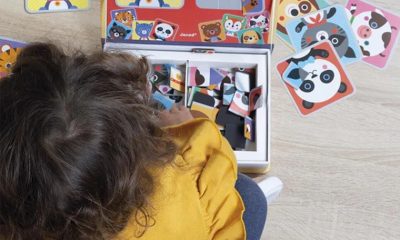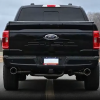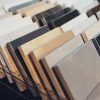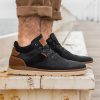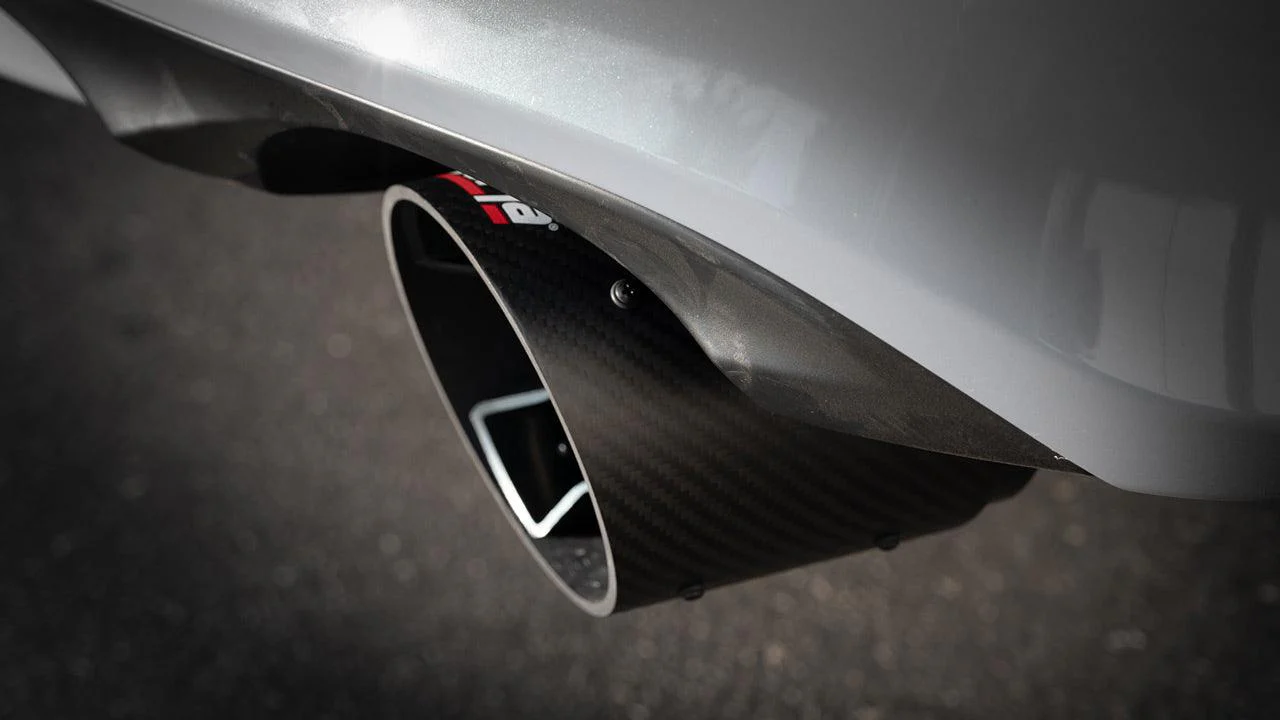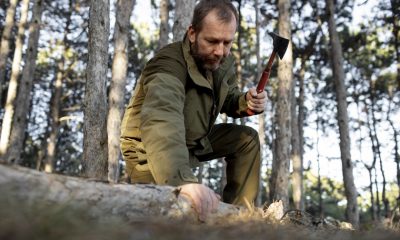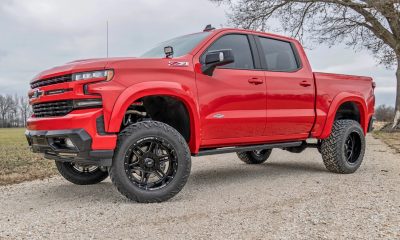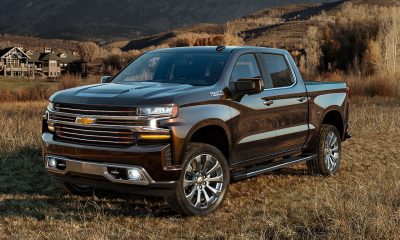Toys
3 Benefits of Plastic Modelling – Building Your First Tamiya Motorcycle
Believe it or not, scale modelling as we know it has been around for more than 6 centuries. One famous figure, Leonardo Da Vinci, was making catapults, paddle boats and even a mechanical robot to present to Roman rulers. Modelling started to become more and more popular with the introduction of plastic scale models in the 20th century which continued in the 21st century. Today modelling is a craft and for many even a hobby. But why do people like it so much?
Benefits
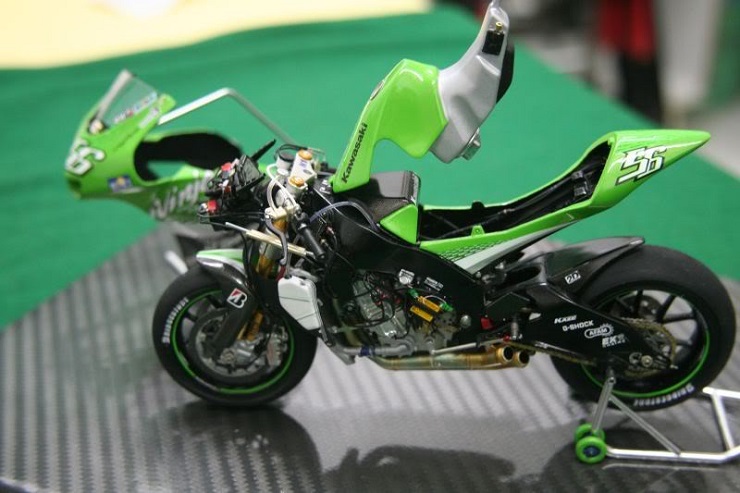
Clears Your Head
Building scale models is a great way to relieve yourself from everyday stresses. The time spent building model motorbikes, aircraft, boats or vehicles is quality alone time since you focus on the steps and let your brain relax for hours on end. This is not something that is done in a rush, in fact, taking your time is the best way to build scale models.
Teaches Organisation
For beginners it’s important to make sure you always follow instructions and organise all the parts. This tests your organisation skills and the more you do it the better you will be at keeping stuff neatly arranged, thus making the whole process easier for yourself.
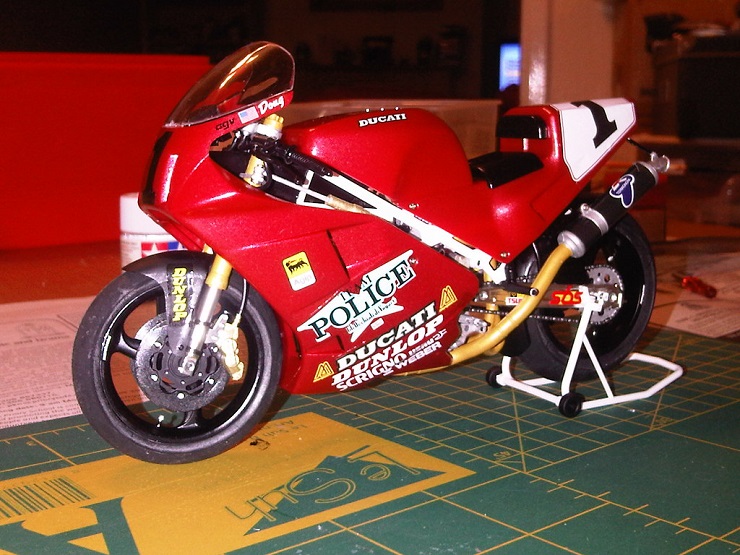
Source: wikimedia.org
Prompts Creativity
Although you’ll need to follow instructions on how to assemble your plastic motorcycle model, when it comes to painting there are no restraints except for the type of paint you need. You can make a motorcycle model truly yours by adding a personal touch to it. You can explore all kinds of options and get creative while doing so.
How Do You Build a Plastic Model?
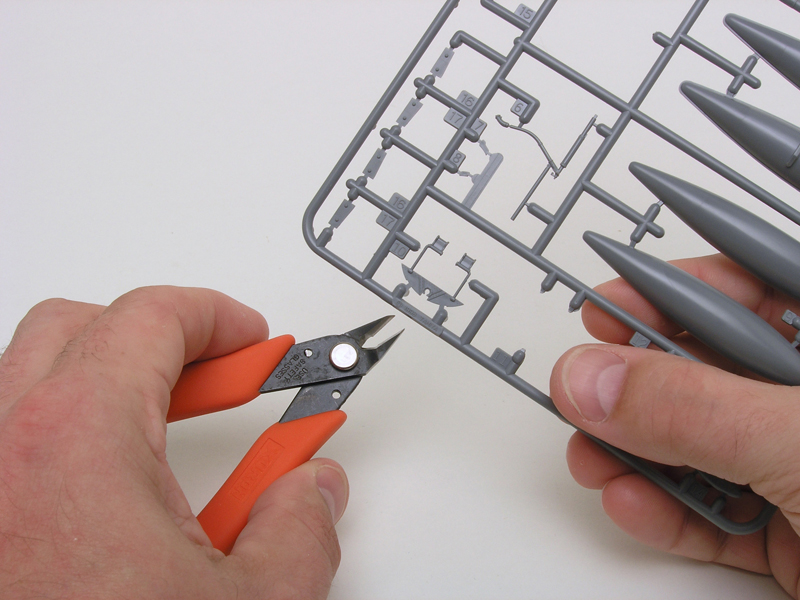
Source: finescale.com
Marking
Knowing how to mark plastic models will set the ground for things such as cutting and filling. When working with motorbike models made of opaque plastic, use a soft pencil to mark a bend line or a cut, but when it comes to transparent plastic models use a felt pen, china graph or a scriber. For acrylic sheets you can use both a pen or a pencil and a scriber. When you need to make a straight cut on a cylinder shape, it’s best that you wrap a straight edged piece of paper around it and use it to guide your pencil or graph. You can also use masking tape on one side of the cut line and take it off once you are done.
Cutting
When you want to get the parts off the sprue, you need to be careful not to leave a lot of leftover plastic. This is why you want to use cutters together with a craft knife. In case there is excess plastic sticking out of the part you’ll just trim it with the craft knife. When cutting thin plastics, a pair of scissors or a modelling knife is going to work just fine. If you are cutting sheet or thicker polystyrene plastic parts, you’ll need to score a straight line with a knife and then snap them over the edge of the work bench. Brittle plastics like laminates, acrylics and acetate will require cutting them with a craft knife whilst clamped onto the work bench.
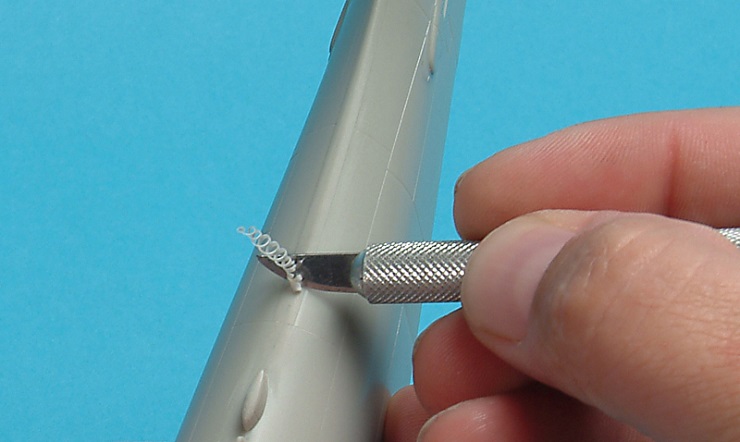
Source: finescale.com
Filling
While this won’t be as important in a standard model building process, in case some of the parts have dents or gaps you’ll need to fill them in. You should use epoxy paste when it comes to larger gaps. Finer gaps can be fixed by brushing matt enamel paint into them and once it has set hard, just rub it in with wet-and-dry paper to get a smooth finish. The epoxy, on the other hand, should be applied in small amounts and worked in so you have it as close to the desired shape as possible. This needs to be smoothened with water and left to sit overnight so it can get sanded lightly with very fine sand paper afterwards.
Smoothening
Almost all plastic model motorbikes can be smoothened out with suitable abrasives and fine needle files, while the majority of them can be trimmed with a fine sharp plane. The thin film plastic that’s created from moulds with a poor fit can be removed with a sharp knife or a fine needle file. A bench-mounted disc sander is required if you need to smoothen out large components or thick acrylic sheets.
Bending
In case you need to alter the shape of a part, bending it is an inevitable process but it needs to be done properly in order to keep the part intact. For example, you can bend a plastic strip or a rod by pulling it under a rounded object against a flat surface. Extremely thin plastic sheets can be curved around a paint brush handle or anything with a similar shape. For more accurate results, make sure you apply a drop of liquid cement on the area you want to bend and leave it to soften for a couple of minutes. Then just bend the piece carefully to avoid stretching it.
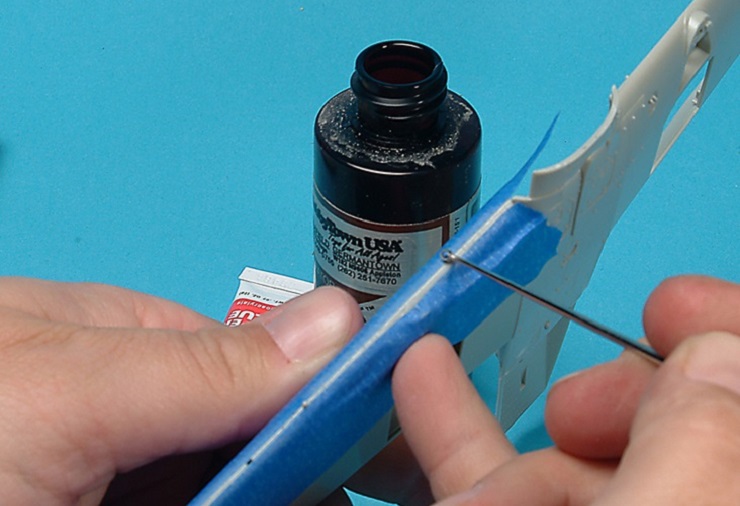
Source: finescale.com
Gluing Parts
It’s important that you start gluing large parts first and then start moving on to smaller parts. When applying the glue make sure that there is no excess of it on the brush as you need to apply a small amount of it on each part. Make sure you follow the instructions provided with the kit and take your time when gluing pieces. together.
Painting
Before you apply your first coat of paint you need to apply primer either with a hand brush or a spray can. The former takes much more time than the latter but applying primer with a spray has to be done in even strokes. This also goes when you apply the base paint coat which can also be done with an airbrush. You can rely on a model painting guide for better results.
Writing for the blog since 2012, Chris simply loves the idea of providing people with useful info on business, technology, vehicles, industry, sports and travel – all subjects of his interest. Even though he sounds like quite the butch, he’d watch a chick flick occasionally if it makes the wife happy, and he’s a fan of skincare routines though you’d never have him admit that unless you compliment his impeccable skin complexion.

